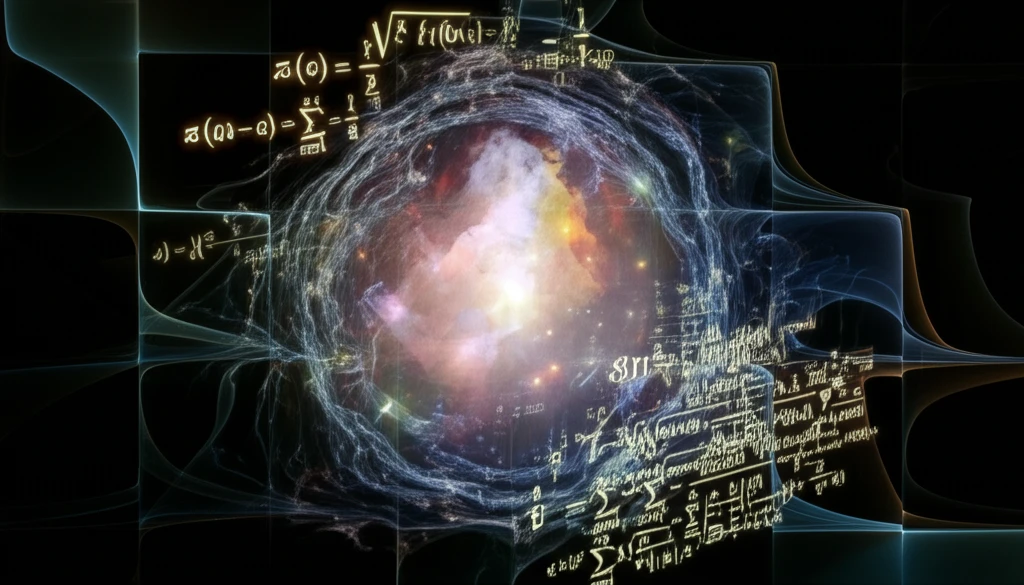
Unlocking the Secrets of Quantum Mechanics: How Monopoles and Defects Shape Reality
"Explore the fascinating connection between 't Hooft defects, monopole bubbling, and supersymmetric quantum mechanics in this accessible overview."
In the vast and often perplexing world of theoretical physics, certain concepts stand out for their complexity and potential to unlock deeper truths about the universe. Among these are 't Hooft defects, monopole bubbling, and supersymmetric quantum mechanics. While these ideas might sound like something out of a science fiction novel, they are very real and crucial for theoretical physicists trying to understand the fundamental laws of nature.
A recent research paper revisits these complex theoretical constructs, aiming to clarify how they interrelate within the framework of four-dimensional supersymmetric gauge theories. By exploring these connections, the paper sheds light on the subtle interplay between quantum mechanics and the underlying geometry of space itself. Imagine space is not just an empty void but a canvas upon which forces and particles interact in ways dictated by these quantum principles.
This article aims to break down the key concepts and findings of this intricate research, making them accessible to a broader audience. We'll explore what 't Hooft defects and monopole bubbling are, how they connect to the broader theory of supersymmetric quantum mechanics, and why these abstract ideas matter for our understanding of the universe.
Demystifying the Key Concepts

To appreciate the significance of the research, it's important to first understand the basic concepts at play:
- Monopole Bubbling: This refers to a quantum phenomenon where magnetic monopoles, hypothetical particles with only one magnetic pole (north or south), spontaneously appear and disappear in space. This bubbling is closely related to the presence of 't Hooft defects and can be visualized as quantum fluctuations in the structure of space.
- Supersymmetric Quantum Mechanics: This is a special type of quantum mechanics that incorporates supersymmetry, a theoretical principle that posits a symmetry between bosons (force-carrying particles) and fermions (matter particles). Supersymmetric quantum mechanics provides a powerful framework for studying the quantum behavior of particles and fields, particularly in situations involving topological defects and monopole configurations.
- Localization Computation: A mathematical method used to simplify complex quantum calculations by reducing them to integrals over a smaller set of "localized" configurations. In this context, it's a technique to compute the expectation values of 't Hooft operators.
Connecting the Dots: A Brane Perspective
By connecting the seemingly disparate concepts of 't Hooft defects, monopole bubbling, and supersymmetric quantum mechanics, this research highlights the deep and intricate relationships within theoretical physics. The researchers build a bridge between the abstract mathematics and string theory's more tangible objects, offering a new perspective on how these quantum phenomena arise from the fundamental structure of space and matter.
